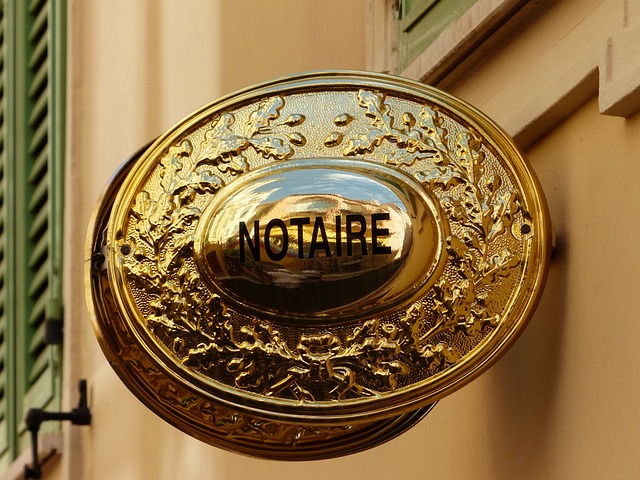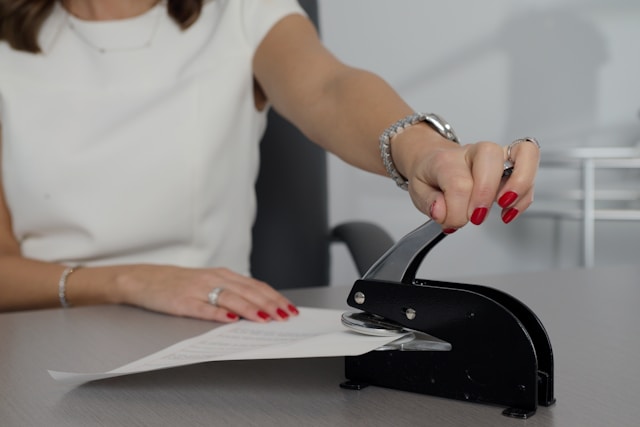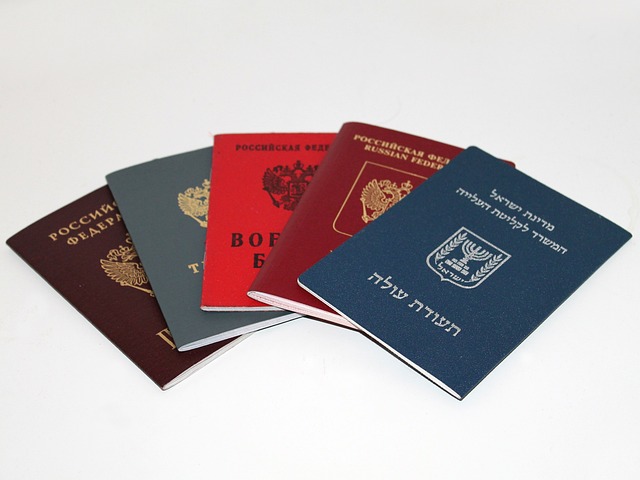Rapid Translate Team
Notarizations are often important when submitting translated documents to government and official institutions. This additional verification is crucial for ensuring authenticity during legal and official proceedings. However, there are questions about how to get document translated and notarized.
Getting documents translated and notarized first involves creating certified translations with a professional translator. From there, you’d need to get the translation notarized. If you need a guide through the process, read this article to get all the necessary information.

Table of Contents
When Do You Need Documents Translated And Notarized?
You’ll need documents translated and notarized when submitting them to government agencies and official institutions. You’ll need this type of translation for legal documents, and official documents. Here are the instances when these services come in handy:
- During immigration applications: If you’re submitting paperwork for immigration, you’ll need to notarize your translations. The United States Citizenship and Immigration Services (USCIS) and other relevant agencies require this extra authentication.
- For legal proceedings: If you’re involved in a legal proceeding, you must translate and notarize documents in foreign languages. For example, you must get their notarized translations for birth certificates, court rulings, or marriage licenses.
- For academic applications: Most educational institutions request notary translations of relevant documents during your application. For instance, you may need this service if you’re applying to universities in foreign countries.
- During business translations: If you send translations of contracts, patents, agreements, and other business documents, you may need to notarize them. This ensures that all parties understand the terms and are legally binding.
- For employment purposes, Most international employers, especially those in government-regulated industries, require notarized translations of potential employees’ documents, including their qualifications and background checks.
In most cases, notarization aims to identify and prevent document fraud. Hence, many translated documents may be invalid unless notarized. Always make the necessary inquiries to be sure during the translation process. Yet, do not confuse certified and notarized translations.

How To Get Document Translated and Notarized in 2024
Before getting documents translated and notarized, you must determine if they require notarization. Note that these requirements also differ depending on the organization and institution you’re submitting them to.
Here are five steps for getting notarized translations.
1. Review the Requirements
Review the specific requirements for translation and notarization with the government agency or institution you’re submitting them to. Determine if your application requires certified translations, notarizations, or both.
Then, identify the exact documents that require notarization. While your application may require this service, some documents do not require the official seal from notary services to make them valid.
2. Hire a Certified Translator
Next, choose a reputable, certified translator to create a different language version of your document. You can work with a translation agency, individual translators, or freelancers. Consider hiring professionals with high-level experience and good reviews to create certified translations of your documents.
The American Translators Association (ATA) directory has translator listings where you can contact certified professionals. Rapid Translate is your best bet for getting high-quality notarized translations if you want to work with an agency.
Even after you’ve gotten your translation, verify and double-check for accuracy. Since accuracy is important, check for its completeness, grammar, and contextual correctness. Consider working with a legal expert to verify its accuracy if it’s a legal translation.

3. Ensure Compliance With Local Regulations
For your translated document to be valid in the target country, it must comply with local legal regulations. Hence, double-check and verify your document before taking it to the notary. Ensure all the names, dates, metric units, and fine details align with the local requirements.
4. Get the Translation Notarized
After ensuring that your translated document is accurate and meets local regulations, the next step is getting notarization. This involves a licensed official and a notary public verifying the identities of the signatories.
The notarization process is an official authentication process that involves verifying the certified translators’ identities with an official seal. Yet, the notary does not verify the document’s accuracy or authenticity.
To get your translation notarized, schedule an appointment with a local notary. Then, prepare and bring along your identification documents, such as your driver’s license or passport. After a review, both the certified translator and notary will sign the documents.
When choosing a notary, review their qualifications and experience handling translation-related projects. If they’re experienced, they’re more likely to offer dependable service that will enjoy high-level acceptance.
Notaries also specialize in specific areas such as real estate, medical, or legal documents. If your document falls within a specific category, working with a notary with expertise in that area is preferable.
5. Submit Your Translated and Notarized Document
The final step is submitting your translated and notarized document to the relevant authority or institution. Still, keep copies of the original document, the translated document, and the notary’s certification in your records.

6 Common Mistakes To Avoid When Getting Notarized Translations
There are common mistakes people make when getting notarized translations. These errors can lead to delays in your application or rejections. They include working with uncertified professionals and inconsistency in your information.
Here are the six most common ones to look out for:
- Working with non-certified translators: Certified translations are necessary for notarization. Hence, always verify your translator’s credentials to ensure they can provide certified services for you.
- Incomplete or incorrect translations: Applications with incomplete or inaccurate translations often create risks of rejection from authorities and institutions. This is why you must work with a professional translator with experience in the field to create standard translations.
- Using an unrecognized notary: You risk rejection if you work with a notary without recognition in a country or region. For this reason, always verify the notary’s authority in a particular area of jurisdiction. Also, consider getting recommendations for notarization services from your translator.
- Using inconsistent information: You may have some problems if there are inconsistencies between your document’s original and notarized copies. Always check both versions of the document and ensure there is matching information.
- Overlooking formatting requirements: Changing the layout or format of the document can lead to the rejection of your application. Therefore, maintain the same formatting in your original and notarized documents.
- Failing to keep copies of your documents: People often forget to keep copies of their original, translated, and notarized documents. Remember to keep an extra copy if you lose them or need to resubmit them.
Avoid these common mistakes to make sure your application goes smoothly. While you can’t be certain of approval, being extra careful increases your chances.
FAQ
Now that we’ve discussed getting documents translated and notarized, here are the answers to some frequently asked questions!
How do I get a sworn translation of a document?
To get a sworn translation of a document, find a sworn translator with authorization from government authorities. Then, hire them to translate and certify your document. You can contact sworn translators through professional associations, translation agencies, and local embassies.
What is the difference between certified and notarized translations?
Certified translations have certification statements from the translator attesting to their accuracy and completeness.
On the other hand, notarized translations have a notarization statement from a notary who verifies the translator’s identity. Notarization adds an extra layer of authenticity to the translated document.
How do you certify a translated document?
Translators or agencies provide signed statements to certify translated documents, vouching for their accuracy and completeness. Certifications usually include the translator’s contact information, qualifications, and signature.
Certifications are important when translating legal, official, and academic documents.

Get Notarized Translations From Rapid Translate
Are you seeking a reliable translation agency to help translate and notarize your documents? Look no further. Rapid Translate offers top-tier certified translation services for business, medical, legal, and immigration documents.
The agency charges $27.99 per page for its certified translation. You can get notarization for $19.99 per order. The agency’s services cover over 60 languages globally.
While we translate and return your order online, you can request physical copies, which you’ll receive by mail. Rapid Translate is available whether you’re applying to enter another country or sending business documents.
Despite knowing how to get document translated and notarized, let Rapid Translate do the job for you. Why wait any longer? Get accurate, notarized translations now!





